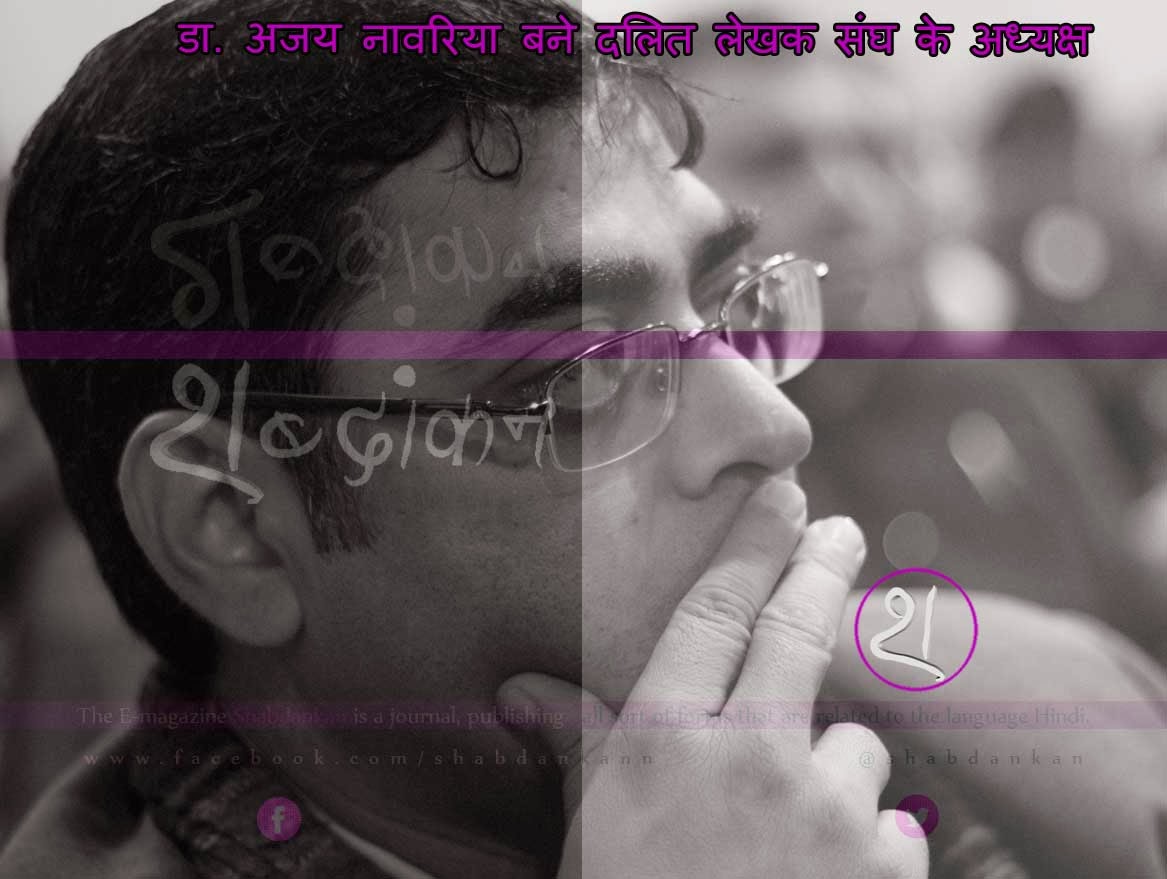

Sultanate Ahmadabad and its Monuments serves as a succinct guide to these representative monuments constructed under a sovereignty that endured for almost two centuries until its annexation into the Mughal Empire under Akbar in 1573. 170 pages (Hardcover).Ī group of monuments in Ahmadabad constructed under the patronage of the Muzaffarid (Ahmad Shahi) sultanate of Gujarat stand testimony today to the composite heritage of the city. Sultanate Ahmadabad and its Monuments: The City of the Muzaffarids (Ahmad Shahis).

THEATRE AND THE CORONAVIRUS – A SPEECH-ACT IN NINE EPISODES by Rustom Bharucha Against the destruction of nature and the disrespect for the nonhuman, The Second Wave offers lessons in resilience through its reflections on the ethos of waiting and the need to re-envision breath as a vital resource of self-renewal and resistance. How do we cope with multiple deaths and the dislocation of rituals when the act of mourning is either postponed or denied? What roles do political surveillance, censorship, the regulation of lockdowns, and the sheer indifference to the lives of people play in the containment of civil liberties? Through vivid examples of photography, theater, dance, visual arts, and the cultures of everyday life, this meditative essay illuminates both the horror of the pandemic as well as its unexpected intimacies and revelations of shared suffering. 250 pagesįocusing on the second wave of the Covid-19 pandemic in India between April and December 2021, Rustom Bharucha reflects on four interconnected realities that haunted this ongoing crisis―death, grief, mourning, and extinction. Reflections on the Pandemic Through Photography, Performance and Popular Culture. The author considers how the Indian past was rendered as one of martial resistance to ‘foreign’ rule, the manner in which artists worked with mythic material, and, of course, the treatment of the larger-than-life figures of Gandhi, Bhagat Singh, Subhas Bose, and other patriots in nationalist art. Recent scholarly work has been almost entirely riveted on nationalist prints, and much of it has focused on the idea of Bharat Mata, but this book seeks to furnish a more rounded account of the artwork-including etchings, paintings, woodblocks prints, and cartoons-contemporary to the freedom struggle and also highlights the work of neglected artists such as Babuji Shilpi, S.L. The book explores not merely how Indian printmakers and artists responded to the freedom struggle but rather how the art they fashioned invoked their own conception of the nation, their sense of the past, and the contours of the movement for India’s emancipation from the yoke of colonial oppression. Insurgency and the Artist: Art of the Freedom Struggle in India.


 0 kommentar(er)
0 kommentar(er)
